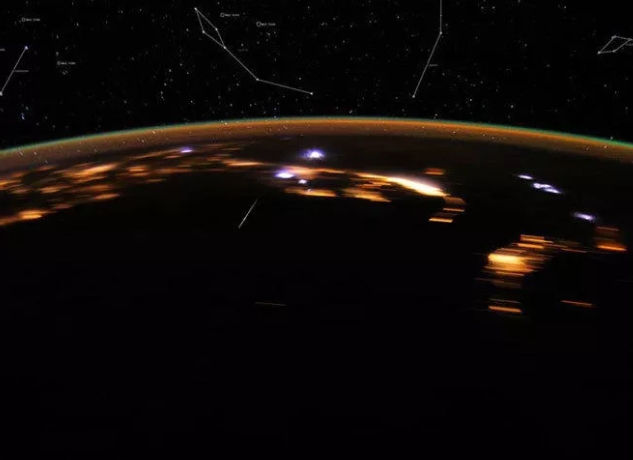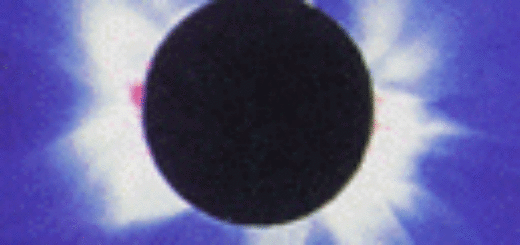2021 Lyrid meteor shower peaks this week: How to watch the show

The year’s shooting-star spotting season is under way, and the first big shower is heating up right now.
Meteor season is officially back, with the annual Lyrid meteor shower peaking this week. The first three months of most years represent a relative dry spell for night-sky watchers, as typically not much happens between the Quadrantid meteor shower in early January and the Lyrids. The Lyrids signal a welcome return of the chance to venture out in the evening amid mild temperatures.
The Lyrids build to a peak on the evening of April 21 into the early morning hours of April 22. If you can’t get out that night or the weather doesn’t cooperate where you are, one night before or after the peak is also expected to present a pretty good viewing opportunity.
The Lyrids don’t produce a whole lot of meteors, perhaps 10 to 15 per hour, but are more likely to include bright, dramatic fireballs than other major showers. Every few decades we get an outburst during the Lyrids that boosts the rate up to about 100 per hour. That’s not predicted to happen in 2021, but such things are also notoriously hard to predict.
The source of the Lyrids is the debris cloud left behind by a comet named C/1861 G1 Thatcher that was last seen in the 19th century and won’t pass through the inner solar system again for more than two centuries. Each year, though, our planet drifts through the dust cloud it left behind on previous visits. Little space pebbles and other bits of dust and debris collide with our atmosphere and burn up high above us, producing those fleeting little light shows so many are willing to stay up late or wake up early to catch.
This year, with a moon that will be more than two-thirds full at the peak of the Lyrids, it’s probably best to try and see the show before dawn and after the moon has set at your location.
But this doesn’t mean viewing in the evening will necessarily be fruitless. The hours after dusk can offer a good chance to capture a bright “Earth grazer” along the horizon.
Whenever you go out to look for Lyrids, get as far away from light pollution as possible and find a spot like an open field or hilltop with a broad, unobstructed view of the night sky. Lie down, let your eyes adjust, relax and just watch.
MORE METEORS
See the wildly bright fireball meteor that lit up the UK sky on Sunday
Scientists stumble on a meteor smashing into Jupiter
How to see the year’s best meteor showers: Everything you need to know
It’s not necessary to look at a particular part of the sky, but the Lyrids will appear to emanate outward from their namesake constellation Lyra, traveling away from that part of the sky like spokes on a wheel. So if you can find Lyra and orient yourself toward it, that’s great but absolutely not required.



 Creators of mankind
Creators of mankind Description of “Tall white aliens”
Description of “Tall white aliens” Where they came from?
Where they came from? About hostile civilizations
About hostile civilizations The war for the Earth
The war for the Earth “Tall white aliens” about eternal life
“Tall white aliens” about eternal life Video: “Nordic aliens”
Video: “Nordic aliens” Aliens
Aliens Alien encounters
Alien encounters The aliens base
The aliens base UFO
UFO Technology UFO
Technology UFO Underground civilization
Underground civilization Ancient alien artifacts
Ancient alien artifacts Military and UFO
Military and UFO Mysteries and hypotheses
Mysteries and hypotheses Scientific facts
Scientific facts


















